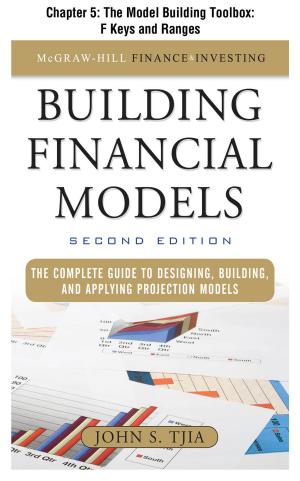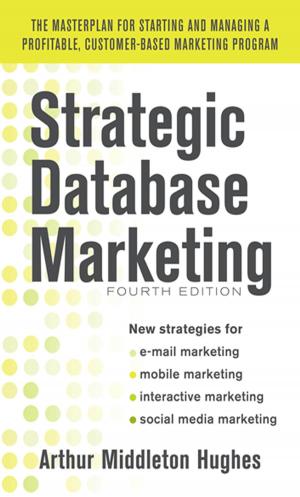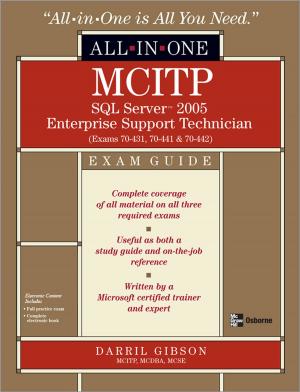Occupational Outlook Handbook 2011-2012
Business & Finance, Career Planning & Job Hunting, Careers, Nonfiction, Health & Well Being, Self Help, Self Improvement, Success| Author: | U.S. Department of Labor | ISBN: | 9780071773935 |
| Publisher: | McGraw-Hill Education | Publication: | June 3, 2011 |
| Imprint: | McGraw-Hill Education | Language: | English |
| Author: | U.S. Department of Labor |
| ISBN: | 9780071773935 |
| Publisher: | McGraw-Hill Education |
| Publication: | June 3, 2011 |
| Imprint: | McGraw-Hill Education |
| Language: | English |
The most comprehensive, up-to-date resource available for choosing the career that’s right for you
When making a decision about your career path, it is crucial that you consider any aspect of a job that will affect your future, your sense of fulfillment, and your bottom line.
With current statistics from the number-one source of job data in America—the U.S. Department of Labor—the Occupational Outlook Handbook 2011–2012 is your best choice for researching careers, whether you’re looking for your first job or contemplating a career change. From able seaman to zoologist, you’ll get vital information about more than 250 occupations, including:
- Nature of the work and working conditions
- Earnings
- Training, qualifications, and advancement
- Job outlook
With its vast amount of practical, up-to-date information, the Occupational Outlook Handbook is an essential tool for making informed, intelligent decisions about your future.
Did you know . . .
-Training at a vocational school, college, or university is increasingly important for getting a job as a travel agent?
-A physician assistant’s working conditions can vary from regular hours in an office setting to long periods of standing in an operating room?
-Accountants and auditors, budget officers, credit analysts, loan officers, and underwriters have training and skills similar to those of financial managers?
-Boilermakers often use potentially dangerous equipment, such as acetylene torches and power grinders, handle heavy parts, and work on ladders or on top of large vessels?
The most comprehensive, up-to-date resource available for choosing the career that’s right for you
When making a decision about your career path, it is crucial that you consider any aspect of a job that will affect your future, your sense of fulfillment, and your bottom line.
With current statistics from the number-one source of job data in America—the U.S. Department of Labor—the Occupational Outlook Handbook 2011–2012 is your best choice for researching careers, whether you’re looking for your first job or contemplating a career change. From able seaman to zoologist, you’ll get vital information about more than 250 occupations, including:
- Nature of the work and working conditions
- Earnings
- Training, qualifications, and advancement
- Job outlook
With its vast amount of practical, up-to-date information, the Occupational Outlook Handbook is an essential tool for making informed, intelligent decisions about your future.
Did you know . . .
-Training at a vocational school, college, or university is increasingly important for getting a job as a travel agent?
-A physician assistant’s working conditions can vary from regular hours in an office setting to long periods of standing in an operating room?
-Accountants and auditors, budget officers, credit analysts, loan officers, and underwriters have training and skills similar to those of financial managers?
-Boilermakers often use potentially dangerous equipment, such as acetylene torches and power grinders, handle heavy parts, and work on ladders or on top of large vessels?















